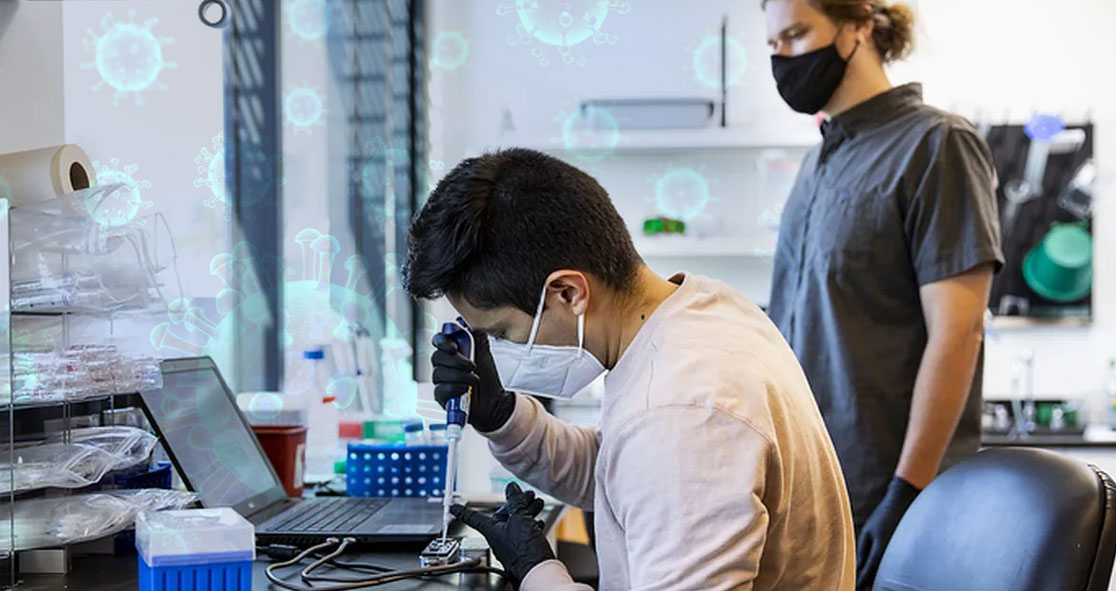The University of Illinois Urbana-Champaign researchers and collaborators have developed a sensor using specially designed DNA fragments and nanopore sensing to target and detect infectious viruses in minutes, according to Medical Xpress.
The researchers, who published their findings in the journal Science Advances, demonstrated the sensor’s power with the human adenovirus and SARS-CoV-2, the virus that causes COVID-19.
The study’s first author Ana Sol Peinetti said, “The infectivity status is very important information that can tell us if patients are contagious or if an environmental disinfection method works. Our sensor combines two key components: Highly specific DNA molecules and highly sensitive nanopore technology.”
“We developed these highly specific DNA molecules, named aptamers, that not only recognize viruses but also can differentiate the infectivity status of the virus,” she added.
The PCR test does detect viral genetic material but it cannot distinguish whether the virus is infectious or determine whether a person is contagious, making it more difficult to track and contain viral outbreaks.
The study co-lead author Prof. Yi Lu said, “With the virus that causes COVID-19, it has been shown that the level of viral RNA has minimal correlation with the virus’s infectivity. In the early stage when a person is infected, the viral RNA is low and difficult to detect, but the person is highly contagious.”
“When a person is recovered and not infectious, the viral RNA level can be very high,” he added. “Antigen tests follow a similar pattern, though even later than viral RNA. Therefore, viral RNA and antigen tests are both poor in informing whether a virus is infectious or not. It may result in delayed treatment or quarantine, or premature release of those who may still be contagious.”
The researchers said the sensor could be used for rapid diagnosis in the early stage of infection and for determining who is still contagious after treatment, according to Prof. Benito Marinas, another co-lead author of the study. It could also be used for environmental monitoring.
Prof. Marinas said, “We chose human adenovirus to demonstrate our sensor because it is an emerging waterborne viral pathogen of concern in the United States and throughout the world.”
“The capability to detect infectious adenovirus in the presence of viruses rendered noninfectious by water disinfectants, and other potentially interfering background substances in wastewaters and contaminated natural waters, provides an unprecedented novel approach,” he added. “We see potential for such technology to provide more robust protection of environmental and public health.”
The researchers said the sensing technique could be applied to other viruses as well just by tweaking the DNA to target different pathogens. The article was published in Medical Xpress.





















